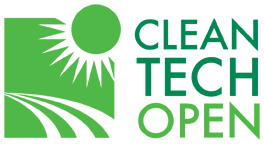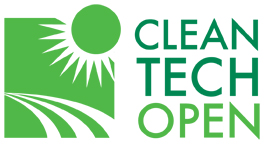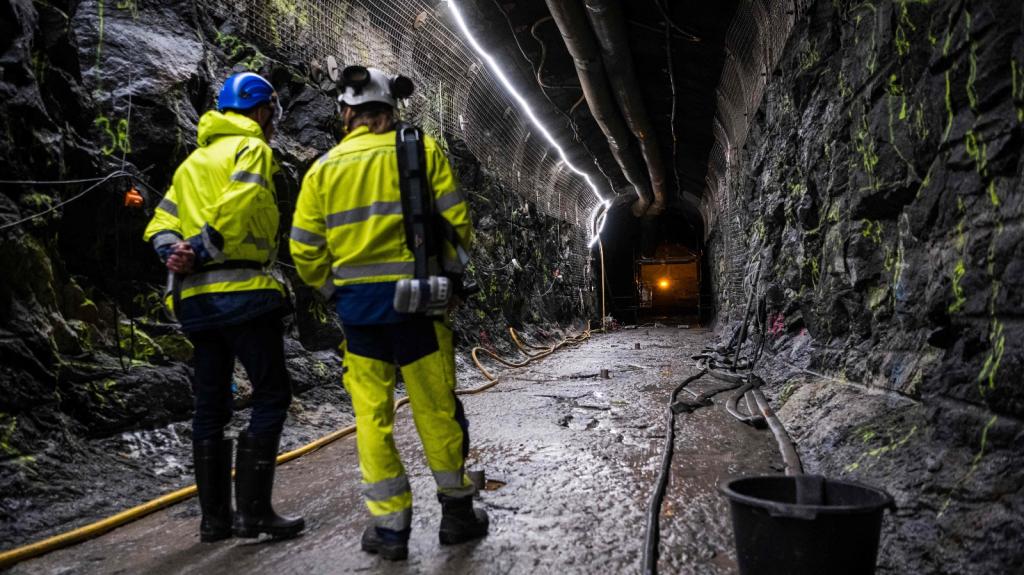 The annual California Cleantech Open startup competition is always a fun event to attend, because you just might be present for the debut of the Google of green energy or the General Motors of electric cars.
The annual California Cleantech Open startup competition is always a fun event to attend, because you just might be present for the debut of the Google of green energy or the General Motors of electric cars.
Beyond that, the competition serves as a leading indicator of emerging green tech trends. And given that the Silicon Valley establishment judges the event, it’s an opportunity to gauge which way they see the wind blowing.
This year the Open dropped California from its name as it expanded the competition to the Pacific Northwest and the Rocky Mountain region. But at heart, it’s still a Valley game and I went down to Palo Alto last week for the unveiling of the California finalists. I was curious to see how the Great Recession, the stimulus package, and evolving green tech market impacted the class of 2009.
The event was held at the law firm of Wilson Sonsini Goodrich Rosati, a Valley institution and advisor to many a tech startup turned global giant. (Wilson Sonsini’s offices are conveniently located on the other side of Stanford University from Sand Hill Road, the capital of venture capital.)
The finalists in six categories — air, water and waste, energy efficiency, green building, renewables, smart power, transportation — offered up a mix of brainiac tech and way-low tech. But nearly all espoused what might be called abstemious entrepreneurialism for hard times — getting products to market quickly and cheaply.
“Rather than come up with projects that require $20 million before they’re useful to anyone, they’re saying, ‘Let’s see if there’s anything our technology will do for $100,000, a quarter of a million or a million dollars and get this thing to real customers,'” said Rex Northen, executive director of the Cleantech Open.
Take Micromidas, a startup founded by three twenty-something engineers and a microbiologist out of the University of California, Davis. The finalist in the air, waste and water category, Micromidas uses microbes to convert raw sewage into bioplastics. In accepting the award, chief executive John Bissell stressed that the fledgling company needs only $1 million to get a demonstration plant up and running.
“We have raised one-third of that already,” said the baby-faced CEO. “We can get a pilot up and running within 12 months.”
The founders of green building winner tru2earth told venture capitalists in the audience that $100,000 would let them create a prototype of their recycled plastic roof shingle.
“We’re pretty low tech,” said Brian Pierson, chief executive of tru2earth.
The startup plans to make its plastic roofing shingles from polyethylene terephthalate, or PET, the throwaway material that bottled water and soft drinks comes in. The idea is to replace environmentally unfriendly asphalt shingles with PET, which is recyclable but largely ends up in landfills or littering beaches and waterways.
In a karmic payback for the absurdity of the bottled-water phenomenon, discarded bottles will be reborn as plastic shingles designed to harvest rainwater to irrigate backyard gardens.
Pierson said tru2earth expects to begin shipping its first product — a Mission-style shingle found in countless coastal California subdivisions — to market by mid-2010. That’s fast. But it will take much longer to persuade the notoriously conservative building industry to get off its asphalt habit and try a new roofing material.
No surprise then that tru2earth plans to sell its first products to green architects and environmentally friendly builders.
The winner of the renewables category was a solar startup with the not-so-sunny name of Armageddon Energy. (Punkish names seemed to be in vogue this year — the runner-up to tru2earth was a biochar company called GreenPyro.)
Armageddon plans to make a 1-kilowatt residential rooftop solar array in a box that can be installed by homeowners (or at least those with no fear of heights.)
The thin, six-sided SolarClover arrays will be sold “in a flat-pack box like you’d get at Ikea or Costco,” said Armageddon founder Mark Goldman.
According to Goldman, the array is light enough to be lugged to the roof by an enterprising homeowner. Otherwise a general contractor can do the work but you’ll still need an electrician to wire the array to your home’s electrical system.
Alphabet Energy took the energy efficiency prize. The startup, which emerged from the Lawrence Berkeley National Laboratory, is making thermoelectric materials that can generate electricity from waste heat.
It’s not as sexy as solar but has huge potential to produce power while lowering industrial carbon emissions. “The steel and cement industries generate tremendous amounts of heat that could be used to produce electricity,” said Alphabet chief executive Matthew Scullin.
Alphabet intends to disrupt the market not by making super-efficient thermoelectric materials but super-cheap devices that will lower the cost of generating electricity from waste heat.
Scullin said the startup needs $2 million to $3 million to commercialize the technology.
The winner of the smart power category was EcoFactor, which is developing residential energy management systems based on a two-way thermostat that helps homeowners and utilities cut electricity consumption and costs. As smart grid stimulus money flows, home energy management has become a crowded field, with everyone from startups to Google jumping into the game.
EcoFactor chief executive John Steinberg was sketchy on the details of the system but claimed that it could reduce customers’ electricity bills by as much 30 percent.
Lastly, the transportation finalist ribbon went to FuelSavers Technologies, which is developing streamlining technology for big-rig trucks. Again, founder Doron Neuberger was vague on the details but he indicated that the startup has developed devices that attach to the rear and belly of semi trucks as well as to the gap between tractor and trailer. The devices change shape according to the wind conditions in order to minimize air resistance and thus fuel consumption.
The finalists each won $100,000 in cash and services. They will compete against each other and the Pacific Northwest and Rocky Mountain finalists for a $250,000 grand prize to be announced at a Nov. 17 ceremony in San Francisco.




